Car Stuck in Gear? Here’s Why It Happens and How to Fix It
You get into your car, start the engine, and try to shift into gear, but nothing happens. The lever won’t move, or the car refuses to go forward. It’s one of the most frustrating moments for any driver.
When a car won’t go into gear, it usually points to an underlying mechanical, electrical, or hydraulic issue. Understanding the possible causes helps you know what to check before calling a mechanic and may even prevent the problem in the future.
Let’s look at the most common reasons your car won’t shift properly, the signs to watch for, and what you can do to fix or avoid them.
Check the Basics First
Before assuming something serious, start with the simple things:
- Is the engine running properly?
If the car struggles to start or shuts off, gear shifting will naturally fail. - Is the brake pedal pressed down (for automatics)?
Modern cars have safety locks that prevent shifting out of “Park” unless you press the brake. - Is the clutch fully pressed (for manuals)?
If not, the transmission won’t disengage, making it impossible to slot into gear. - Is there enough transmission fluid?
Low fluid can prevent hydraulic pressure from building, stopping gears from engaging.
Sometimes, a quick inspection or topping up the fluid can solve the issue. But if the problem continues, it’s time to look deeper.
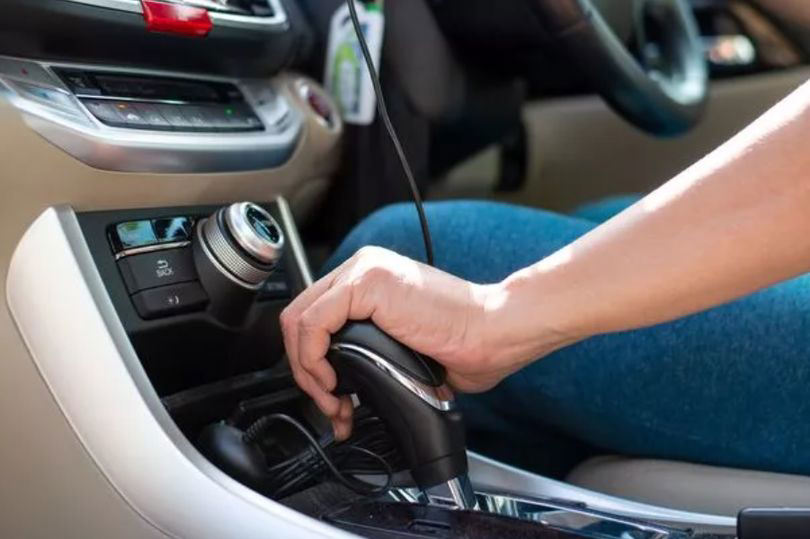
Low or Leaking Transmission Fluid
One of the most common causes of gear issues especially in automatic cars is low transmission fluid.
How it happens:
Over time, fluid levels can drop due to small leaks in the seals or gaskets. Without enough fluid, the transmission cannot create the pressure needed to shift gears smoothly.
Symptoms to look for:
- Delayed or jerky shifting
- Grinding or whining noises
- Burnt-smelling fluid or dark brown color
Solution:
Check your transmission dipstick (if your car has one) and top up the fluid to the recommended level. Always use the manufacturer-approved fluid type, the wrong one can damage the system.
If you notice leaks under the car, have it inspected by a technician. Leaks can worsen quickly, leading to costly transmission repairs.
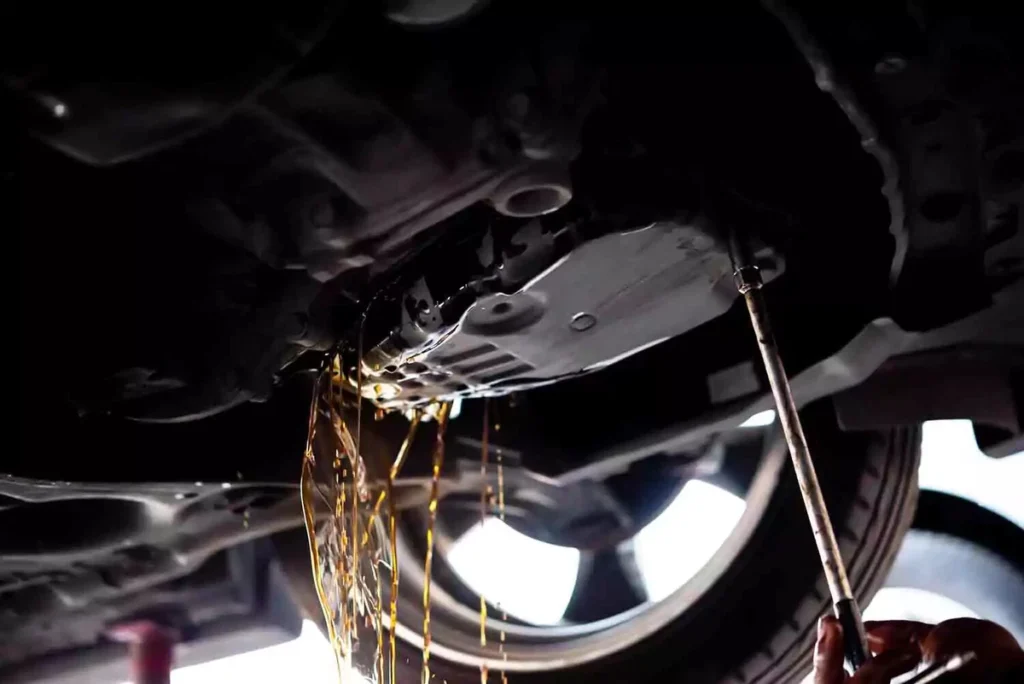
Worn or Damaged Clutch (Manual Cars)
If you drive a manual transmission car, a worn-out clutch is a common reason the car refuses to go into gear.
How it works:
The clutch connects and disconnects the engine from the transmission. When it wears out or fails to disengage completely, gears grind or won’t engage at all.
Signs of a failing clutch:
- Engine revs rise, but the car doesn’t move
- Difficulty engaging gears, especially reverse
- Burning smell after frequent shifting
Solution:
A worn clutch usually needs replacement. It’s best to have a mechanic confirm if the issue lies in the clutch plate, pressure plate, or release bearing. Replacing the clutch early prevents damage to the gearbox itself.
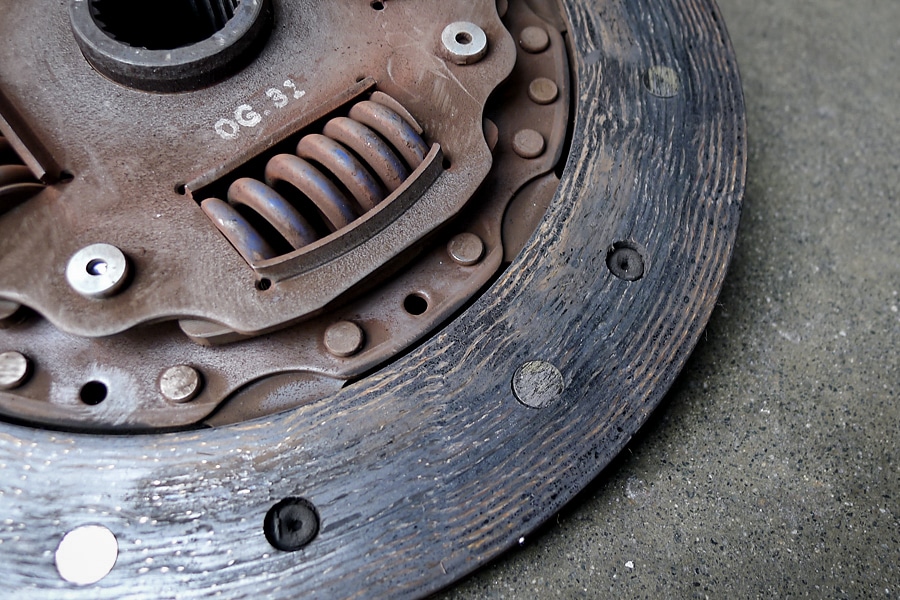
Faulty Shift Cable or Linkage
In both manual and automatic vehicles, the shift cable or linkage connects your gear lever to the transmission.
When it fails:
Cables can stretch or break over time, making the lever feel loose or disconnected. You may move the shifter, but the car stays stuck in neutral or another gear.
Symptoms:
- Gear lever moves freely but gears don’t change
- You can’t engage “Park” or “Drive”
- Clicking or loose feeling when moving the lever
Solution:
A mechanic can inspect and adjust or replace the cable or linkage. It’s usually a quick fix, but it’s essential to address early to prevent damage to the transmission selector mechanism.
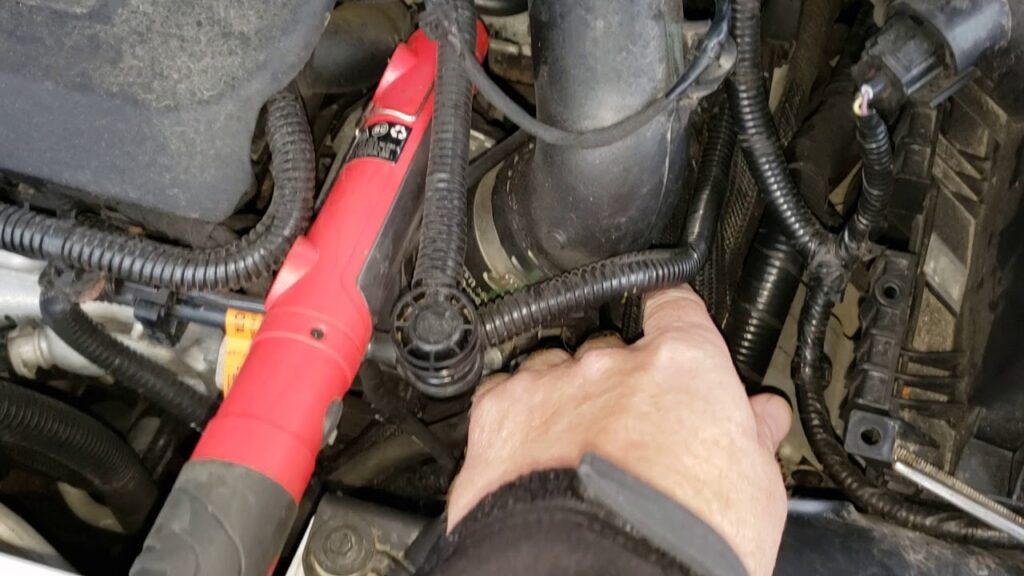
Transmission Control Module (TCM) or Sensor Problems
Modern vehicles rely heavily on electronics to manage shifting. The Transmission Control Module (TCM) and related sensors monitor speed, fluid pressure, and gear position.
If something goes wrong:
The system may fail to send the correct signals, preventing shifts or locking the transmission in a single gear (known as “limp mode”).
Typical warning signs:
- “Check Engine” or “Transmission Fault” light on dashboard
- Rough or delayed shifting
- Vehicle stuck in one gear
Solution:
An OBD-II diagnostic scan will reveal the fault code. The fix might be as simple as replacing a faulty sensor or updating the module’s software.

Worn Gearbox or Internal Transmission Failure
If the issue is mechanical inside the gearbox, it’s a more serious concern. Over time, internal gears, bearings, or synchronizers (in manuals) can wear out.
You might notice:
- Grinding noises when changing gears
- Car slipping out of gear while driving
- Vibration or clunking during acceleration
Solution:
Internal transmission damage requires professional inspection and rebuilding. Regular fluid changes and gentle driving can prevent this from happening.

Faulty Clutch Master or Slave Cylinder (Manuals)
Manual cars use hydraulic pressure to operate the clutch. If the master cylinder (near the pedal) or slave cylinder (near the gearbox) leaks or fails, the clutch won’t disengage properly.
What happens:
You press the clutch pedal, but the hydraulic pressure isn’t enough to separate the clutch plate leaving you stuck in neutral.
Symptoms:
- Spongy or soft clutch pedal
- Fluid leak under the car near the clutch pedal or transmission
- Hard to engage first or reverse gear
Solution:
Bleeding the clutch line or replacing the faulty cylinder usually fixes the issue. Always use the correct brake/clutch fluid type as listed in your owner’s manual.

Cold Weather or Long Idle Periods
While less common in the UAE, cars parked for long periods, especially in cold or humid conditions, may face sticking or seized components in the gearbox.
Reason:
Old fluid thickens and condensation forms inside, causing internal parts to stick.
Solution:
Warm up the car gently and shift through gears slowly. If it remains stuck, have the system flushed and serviced.
Software and Safety Lock Malfunctions (Automatics)
Newer automatic cars include shift interlock systems, safety features that prevent shifting without pressing the brake or engaging certain sensors.
If the brake light switch, shift lock solenoid, or ignition switch fails, the system may keep the car locked in “Park.”
What to check:
- Do brake lights work when you press the pedal? If not, the switch may be faulty.
- Try using the manual shift release (a small slot near the lever, often covered by a plastic cap).
If the issue persists, an electrician or authorized service center can replace the faulty switch or solenoid.
Preventing Future Gear Problems
Preventive maintenance is the simplest way to avoid transmission issues.
Here’s what you can do:
- Change transmission fluid on schedule. Follow the intervals in your car manual.
- Inspect for leaks regularly. Check under the car after parking.
- Don’t rest your hand on the gear lever while driving (manuals). It adds unnecessary pressure to internal components.
- Avoid harsh acceleration or towing loads beyond your car’s rating.
- Get regular diagnostics if you notice shifting delays, jerks, or dashboard lights.
These steps keep your car’s transmission smooth and reliable for years.

When to Seek Professional Help
If basic checks don’t solve the issue and you’re hearing grinding sounds or experiencing strong jerks, it’s best to avoid forcing the gear. Doing so can worsen the damage.
A certified mechanic can pinpoint whether it’s a simple fluid issue or a deeper transmission fault. Many service centers in the UAE offer computerized transmission diagnostics, helping detect problems early.
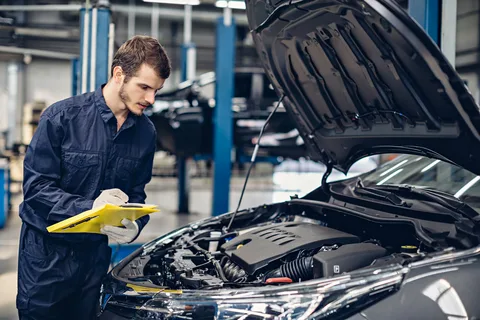
Smooth Shifting Starts with Regular Care
A car that won’t go into gear doesn’t always mean major damage, but it’s a clear sign something needs attention.
By keeping up with regular servicing, proper fluid checks, and early diagnostics, you can prevent most shifting issues before they escalate.
If your car refuses to go into gear, stay calm, avoid forcing the lever, and let a professional handle it. With proper maintenance and awareness, your car’s transmission can last hundreds of thousands of kilometers, delivering the smooth, effortless drive you expect every day

